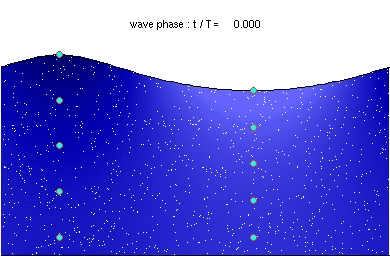IgnorantofPhysics
- 6
- 0
I’ve been on cruise ships and recreational boats. But, that’s not something I do every weekend. That’s just an occasional thing. On the smaller boats, I can feel the ebb and flow of being on the ocean more noticeably. On the cruise ships, I have to be real still and off in a quiet place to notice a small tug every now and then. I don’t know the proper physics term, that’s why I’m using descriptive language. Maybe the proper physics term is “buoyancy,” or the effects of buoyancy is what I'm feeling. I don’t know. But, my physics question is “Is there a sufficient size/mass/[feel free to insert some precise term here] which would virtually eliminate the tugs you feel on a boat?”
I’ve never been in the Navy either. I wonder if those who have could testify whether passengers on an aircraft-carrier-size boat would feel the effects of the ebb and flow of the ocean? So, would that size boat take care of it? Or, would being underwater, on a submarine eliminate the movements you feel on the surface boats?
Any, insights would be helpful. Thanks.
I’ve never been in the Navy either. I wonder if those who have could testify whether passengers on an aircraft-carrier-size boat would feel the effects of the ebb and flow of the ocean? So, would that size boat take care of it? Or, would being underwater, on a submarine eliminate the movements you feel on the surface boats?
Any, insights would be helpful. Thanks.
